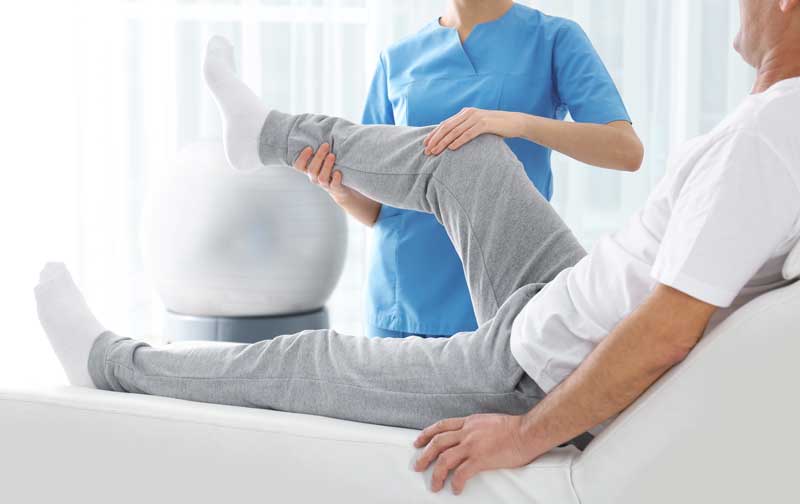Enabling Patients Via Education on Cardiopulmonary Rehabilitation to achieve Improved Recovery plus Standard of Living.
Cardiopulmonary rehabilitation represents an essential program designed to assist individuals recover from heart and pulmonary conditions. It focuses on improving individuals' physical wellness, knowledge, and overall well-being. Individuals who engage in these initiatives often experience improved recovery and a higher standard of life. By providing education customized to personal needs, cardiopulmonary rehab enables patients to assume control of their health and take knowledgeable decisions about their care and lifestyle.One key element of cardiopulmonary rehab is exercise regimen. Exercise is vital for fortifying the heart and respiratory system, which can become impaired due to disease or lack of exercise. Individuals generally engage in supervised fitness sessions that are safe and slowly escalate in intensity. These classes help to develop endurance and improve overall physical capability. As patients grow more active, they often observe improvements in their energy capacity and daily activities, such as strolling, climbing stairs, and taking part in social gatherings.
In furthermore to physical activity, instruction plays a major part in cardiopulmonary rehab. Individuals gain knowledge about their particular conditions, treatment options, and the importance of lifestyle modifications. This instruction assists clarify their illnesses and reduces emotions of anxiety or discontent. Comprehending how their physiology function and the effects of medications and therapies enables patients to take improved choices regarding their health. Awareness about subjects like diet, smoking cessation, and stress management can lead to permanent modifications that encourage recovery and avert future problems.
Another crucial aspect of rehabilitation is emotional support. Living with long-term cardiac or lung ailments can be difficult and may lead to feelings of anxiety or depression. Individuals are often motivated to share their experiences and feelings in a supportive community environment. This fellow connection can be incredibly beneficial, as it provides a sense of community. Support from healthcare providers, family, and friends find more info also plays a crucial role in the rehabilitation process, aiding to blog create strength and drive.
In summary, the goal of cardiopulmonary rehabilitation is to improve recovery and boost standard of life for patients. Through tailored exercise regimens, thorough instruction, and emotional support, patients are enabled to take control of their health. By actively engaging in their rehabilitation journey, patients can undergo a renewed sense of self-assurance and independence. This holistic method not only assists in bodily healing but also fosters a healthier mindset, leading to a more satisfying life in spite of the difficulties of living with cardiac or pulmonary diseases.
